Top 10 new species of 2015: Chicken from hell, cartwheeling spider and pufferfish that makes crop circles
The top 10 new species of 2015 have been announced, with the list including a 'chicken from hell', a cartwheeling spider and a pufferfish that makes crop circles under the sea.
The list was announced by the SUNY College of Environmental Science and Forestry (ESF) and saw an international committee of taxonomists narrow down the 18,000 new species found last year to just 10.
First established in 2008, the list gives attention to the new discoveries being made in spite of widespread extinctions – species are disappearing faster than they are being found.
Currently, scientists believe there are around 10 million species on Earth awaiting discovery – five times the amount we already know about.
Quentin Wheeler, ESF president and founding director of the International Institute for Species Exploration, which compiles the list, said: "The last vast unexplored frontier on Earth is the biosphere. We have only begun to explore the astonishing origin, history and diversity of life.
"An inventory of plants and animals begun in the 18th century continues apace with the discovery of about 18,000 additional species each year. The nearly two million species named to date represent a small fraction of an estimated 12 million.
"Among the remaining 10 million are irreplaceable clues to our own origins, a detailed blueprint of how the biosphere self-organised, and precious clues to better, more efficient, and more sustainable ways to meet human needs while conserving wild living things. It is time to mount a mission to planet Earth to distinguish, describe, name and classify its life-forms before it is too late. The top 10 is a reminder of the wonders awaiting us."
The top 10 new species of 2015
Torquigener albomaculosus: Pufferfish that makes crop circles under the sea
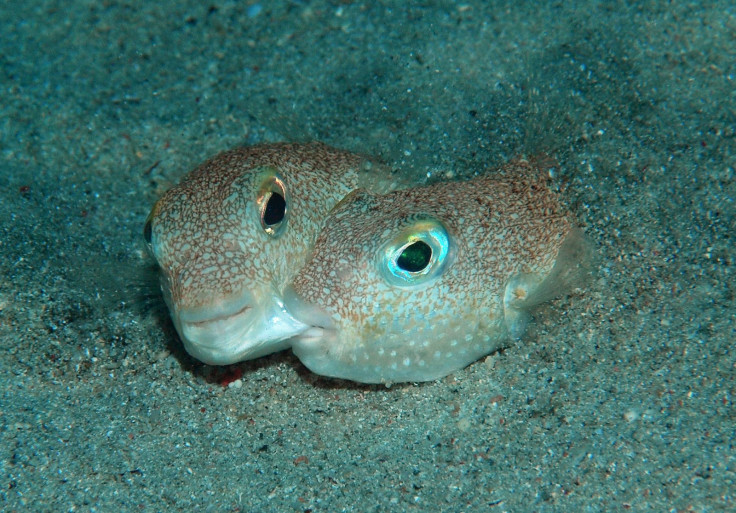
The pufferfish, found in Japan, helped scientists solve a 20 year mystery about the intricate circles with geometric designs found off the coast of Amami-Ōshima Island, Japan (see top picture). The weird 6ft-wide crop circles were created by male pufferfish, which use them to attract females. They make the patterns by swimming and wriggling in the sea floor sand and after being used as a spawning nest once, they are abandoned. Scientists discover the design, with ridges and grooves, help protect the eggs from the turbulent water and predators.
Anzu wyliei: Chicken from Hell feathered dinosaur

This species had a mix of bird and dinosaur feathers and comes from a group that lived in North America with the likes of T.rex and Triceratops. It had hollow bones, a short snout and a beak like a parrot. It fed on vegetation, small animals and eggs and while some of its relatives were chicken-sized, this beast was more than 10ft in length, 5ft high and 600lbs.
Phyllodesmium acanthorhinum: Beauty of the Deep sea slug
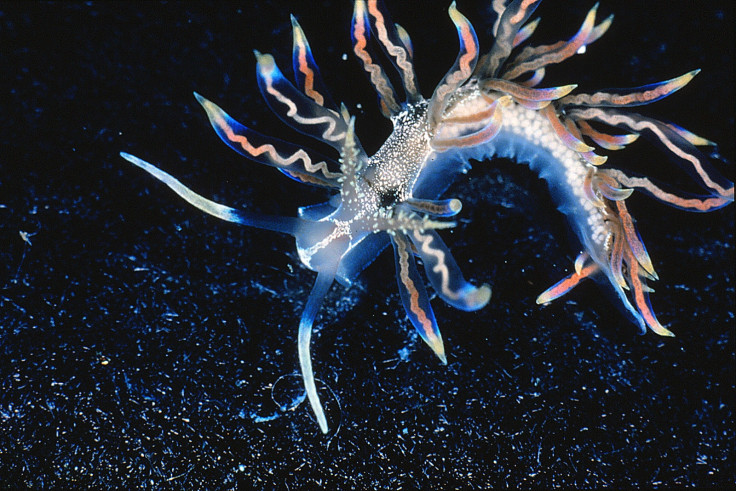
Found in Japan, the creature – which measures just an inch long – is the "missing link" between sea slugs that feed on hydroids and those that eat corals. Their vivid colours make them some of the most beautiful of the sea slug and the latest species comes in shades of blue, red and gold.
Tillandsia religiosa: Bromeliad plant
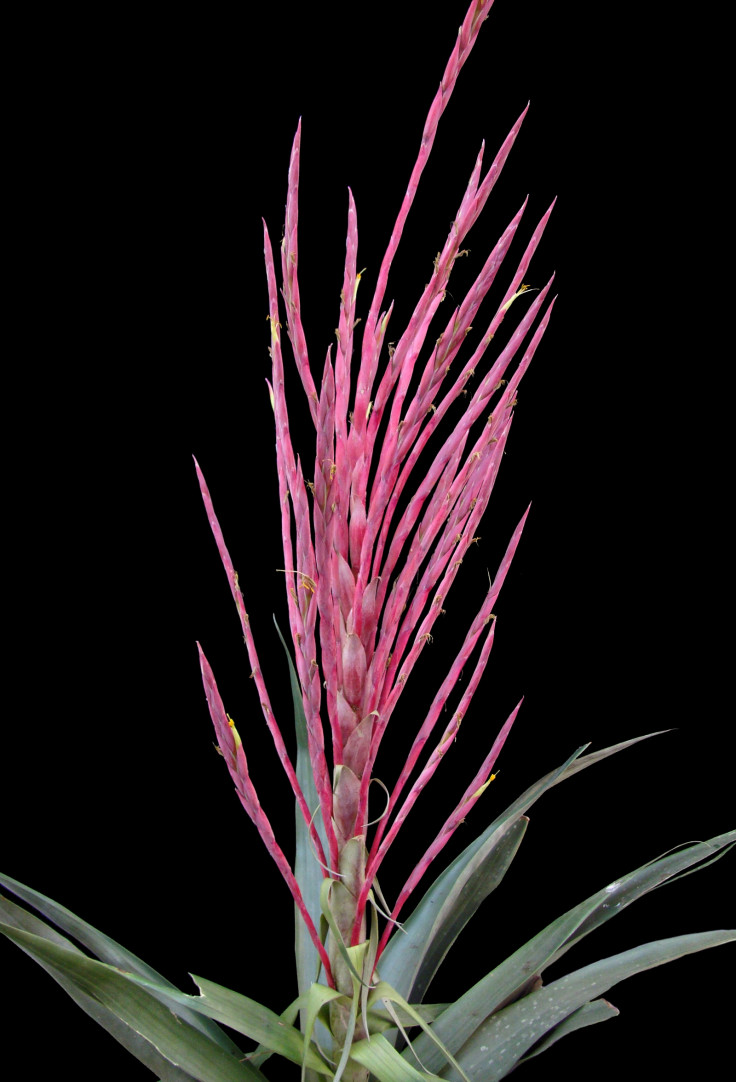
The plant is often incorporated into displays during Christmas celebrations in Mexico – in Sierra de Tepoztlán, Tlayacapan, San José de los Laureles and Tepoztlán in particular. The bromeliad plant turned out to be a completely new species to science. It grows up to 5ft tall and is found in a rocky habitat in the northern regions of Morelos. They flower between December and March.
Phryganistria tamdaoensis: Tiny giant stick insect
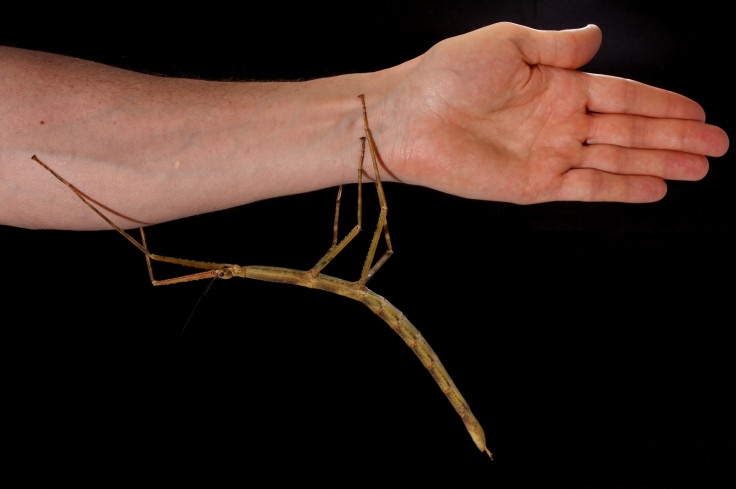
The species from Vietnam is from a family known as giant sticks, but it measures just nine inches in length. It is common to the town of Tam Dao, yet had eluded entomologists for years. Researchers say more giant sticks are expected to be discovered and that at present, we know little about them. The largest giant stick is Borneo's Phobaeticus chani, which reaches more than 22 inches.
Balanophora coralliformis: Atypical Tubers coral plant

Found in the Philippines, the parasitic plant was considered endangered almost as soon as it was discovered. Unlike underground tubers, this species has a coral-like appearance. Parasitic plants do not contain chlorophyll and are incapable of photosynthesis – instead they draw nutrition from other living plants. This species is found on the slopes of Mount Mingan in mossy forest areas at an elevation of between 4,800 and 5,600ft.
Cebrennus rechenbergi: Cartwheeling spider that spins in the sand
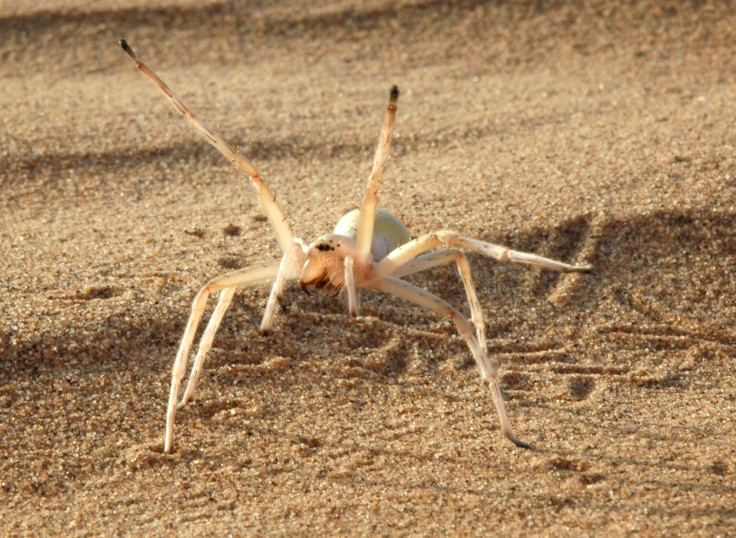
The cartwheeling spider was found in Morocco and uses an acrobatic spinning technique to escape predators. When danger appears, the spider assumes a threatening posture, but if it persists, the spider flees by cartwheeling away, going uphill as well as it goes downhill. Scientists believe it tries the threatening approach first because in the barren sand dunes there are not many places to hide – running away is thought to be a last resort, as the energy needed to escape would prove fatal if it had to cartwheel over a long distance in the extreme heat.
Deuteragenia ossarium: Bone-house wasp

This insect from China constructs its nest in hollow stems with several cells separated by soil walls. The mother places one spider in each cell and after her egg is laid, she seals it off. She fills the last cell with up to 13 dead ants, providing a chemical barrier to the nest – locking the front door. The volatile chemicals also provide a veil that thwarts hunters looking for wasp larvae by scent.
Dendrogramma enigmatica: Mystery X-Phyla
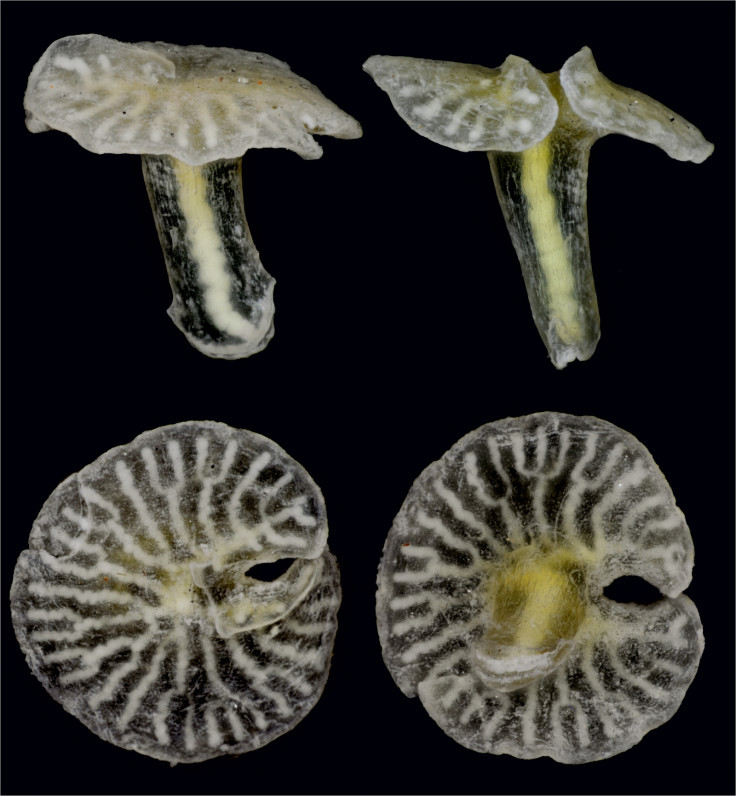
This and another new species D. discoids are multicellular animals that look a bit like a mushroom with a mouth at the stem. They are found off the coast of Australia at a depth of about 1km. Scientists believe they are related to both Cnidaria (such as corals) and Ctenophora (comb jellies). However, they are not unique to either, so could be a completely new phylum. They also look like fossils from the Precambrian time, and researchers say they will remain a mystery until specimens suitable for DNA analysis can be collected.
Limnonectes larvaepartus: Unusual Indonesian fanged frog
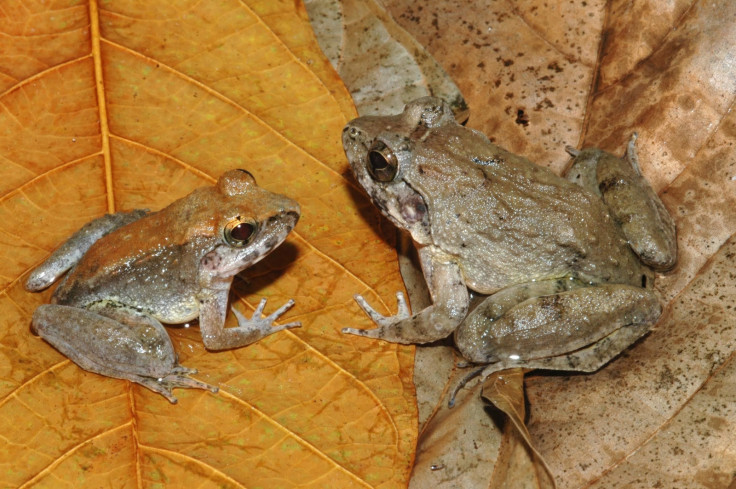
The fanged frog from Sulawesi Island gives birth to live tadpoles that are deposited in pools of water. Only around 10 of the planet's 6,455 frog species have internal fertilisation – and all except this new species lay fertilised eggs or give birth to tiny froglets. It is just 1.5 inches long and its range is unknown, but researchers say it appears to live in forest habitats in areas occupied by other species from the same genus.
© Copyright IBTimes 2025. All rights reserved.






















